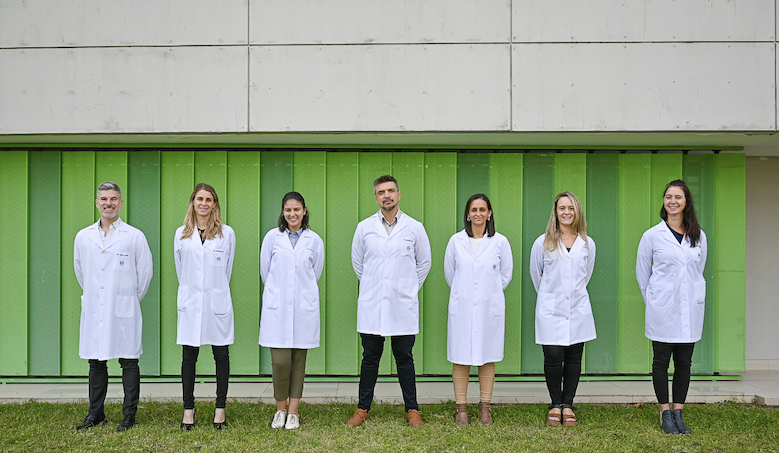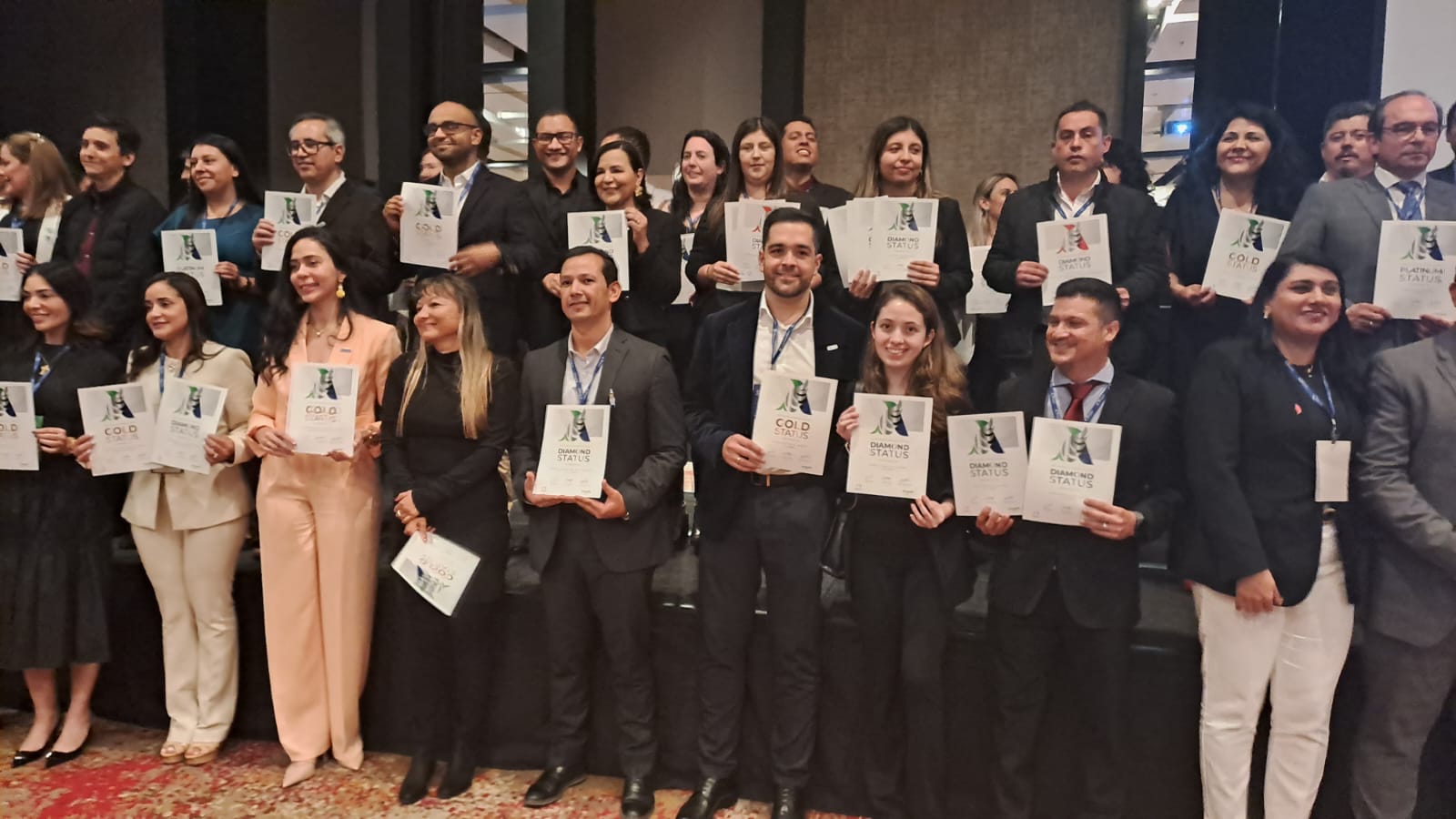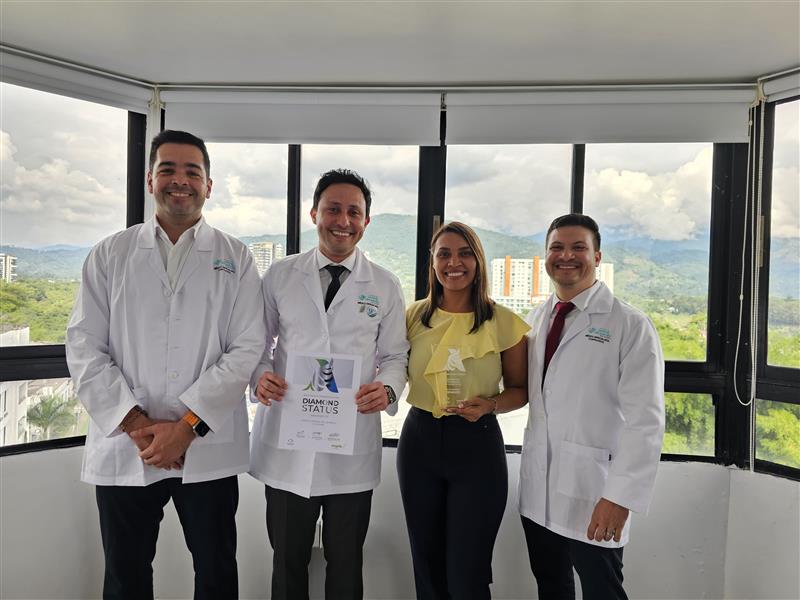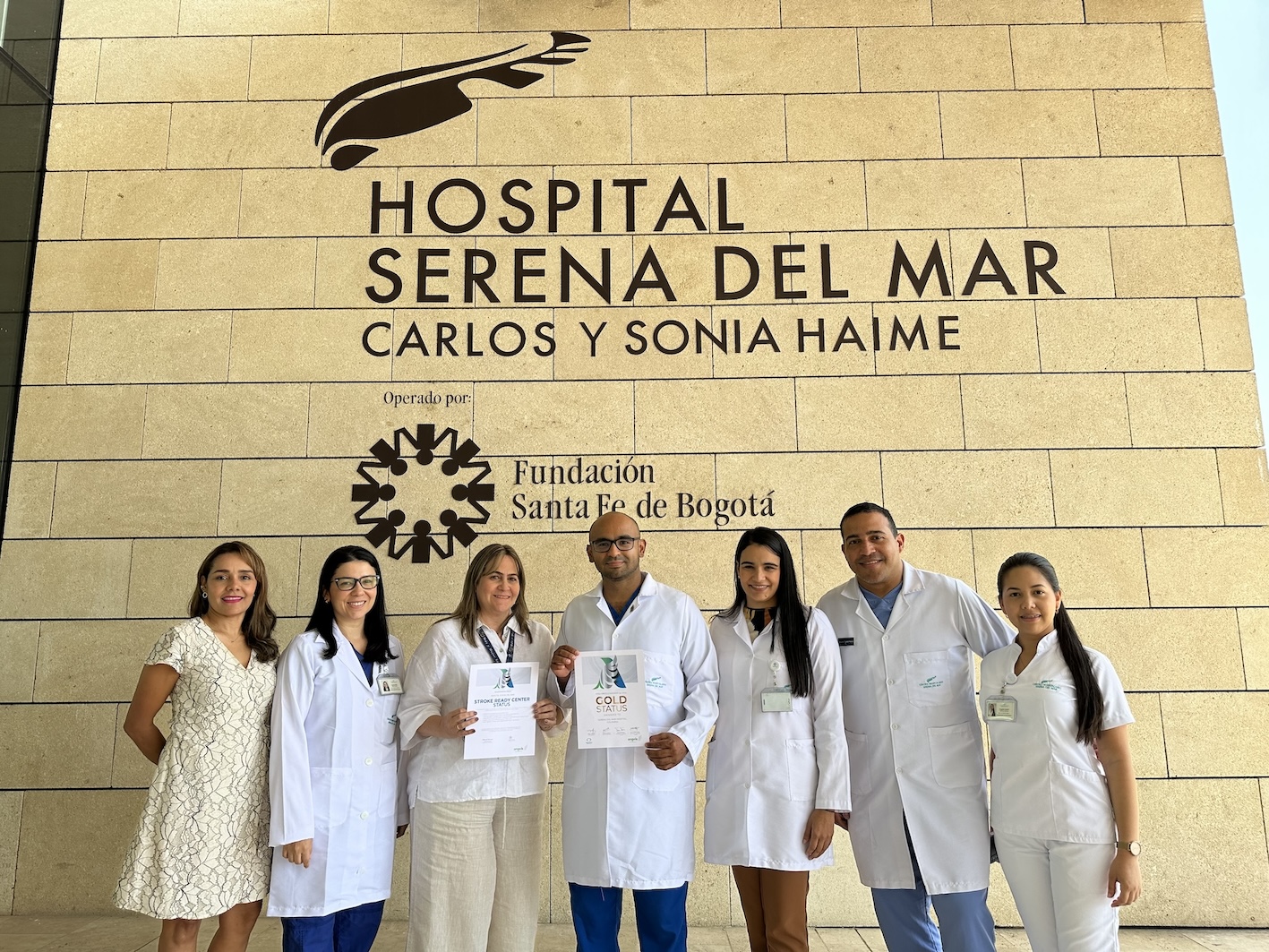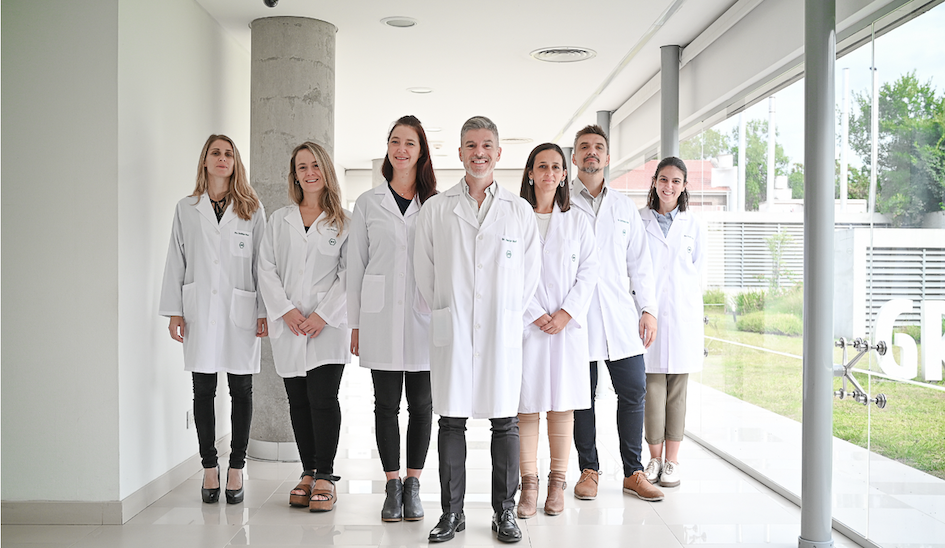
Dne 2. May 2022 provede lékař Ignacio Cigalini, intervenční kardiolog a koordinátor kódu AIM v argentinské nemocnici Privado de Rosario, náhradu transkatetrální aortální chlopně (TAVR) u 63letého muže.
Postup TAVR, při kterém se katetr používá k fixaci náhradního ventilu na starý ventil, má několik výhod oproti konvenční operaci, ale s sebou nese zvýšené riziko akutní cévní mozkové příhody. Navzdory všem preventivním opatřením pacient trpí cévní mozkovou příhodou.
Přesně ve 13:12 hovořící v nemocnici Privado de Rosario ohlásí CMP.
Doba do léčby bude 10 minut, kdy vedoucí neurologie nemocnice, Dr. Guadalupe Maria Bruera, učiní několik rozhodnutí, která změní život.
Cévní mozkové příhody v nemocnici vs. cévní mozkové příhody s nástupem v komunitě
Až 17 % všech cévních mozkových příhod se vyskytuje během hospitalizace v akutní péči u pacientů přijatých k jiné diagnóze nebo zákroku, podle článku o ischemické cévní mozkové příhodě v nemocnici vydaného Dr. Ethanem Cumblerem z Lékařské fakulty univerzity v Coloradu publikovaného v Neurohospitalist uv roce 2015. Polovina až dvě třetiny z nich jsou perioperační a periprocedurální, s největším rizikem u pacientů s kardiochirurgií.
Cévní mozkové příhody v nemocnici mají podstatně horší výsledky než cévní mozkové příhody v komunitě a nejen proto, že se objevují u pacientů, kteří jsou starší, již nemocní a mají vyšší míru zdravotních nebo chirurgických kontraindikací pro trombolýzu. Cévní mozkové příhody v nemocnici mají také tendenci mít delší zpoždění při hodnocení a léčbě.
Vědecké prohlášení Americké kardiologické asociace z února 2022 uvádí důkaz, že pacienti s cévní mozkovou příhodou v nemocnici mají významně delší interval od rozpoznání příznaků po neurozobrazování ve srovnání s pacienty s cévní mozkovou příhodou na pohotovosti (4,5 hodiny oproti 1,2 hodiny). Studie z registru Get With The Guidelines zjistila, že ve srovnání s komunitní cévní mozkovou příhodou byl čas, který uplynul od rozpoznání cévní mozkové příhody k trombolýze, také delší, 81 minut oproti 60 minutám.
Důvody zahrnují nesprávné připsání příznaků cévní mozkové příhody nemoci, kvůli které byl pacient hospitalizován, účinku sedace nebo anestezie nebo vedlejším účinkům léků. Na rozdíl od pacientů s komunitní cévní mozkovou příhodou nevstupují oběti cévní mozkové příhody v nemocnici do systému prostřednictvím pohotovosti s kulturou naléhavosti. Spíše o ně bude pečovat personál, který nemá zkušenosti s diagnostikou cévní mozkové příhody a méně si je vědom důležitosti rychlého jednání.
Deset vzácných minut
63letý občan Rosario je jedním ze šťastných. Dr. Cigalini, stejně jako všichni ostatní v Nemocnici Privado de Rosario, se pravidelně účastní školení o kódu cévní mozkové příhody, které se koná každý měsíc, a je si akutně vědom důležitosti okamžitého působení v případě cévní mozkové příhody. Když si uvědomí, že se jeho pacient projevuje afázií, aktivuje Code Stroke bez váhání.
Při cestě z katetrizační laboratoře do snímkovací místnosti nedaleko dosáhne hodnocení NIHSS neurologem ve službě Dr. Guadalupe Bruera skóre 12. Pomocí magnetické rezonance trvá pouhé dvě minuty, než se vyloučí krvácení a lokalizuje se okluze v segmentu z M3 do levé střední mozkové tepny. S vědomím, že se sraženiny nelze dosáhnout chirurgickou trombektomií, se Dr. Bruera rozhodne provést trombolýzu. Bolus si podala sama. Zbytek infuze proběhne na JIP, kde pacient zůstane 60 minut.
Dr. Cigalini setrvává v přítomnosti a poskytuje zásadní údaje, které informují o terapeutickém rozhodnutí a řídí komunikaci s rodinou pacienta.
Celý proces od aktivace kódu cévní mozkové příhody po léčbu zabral pouhých 10 vzácných minut.
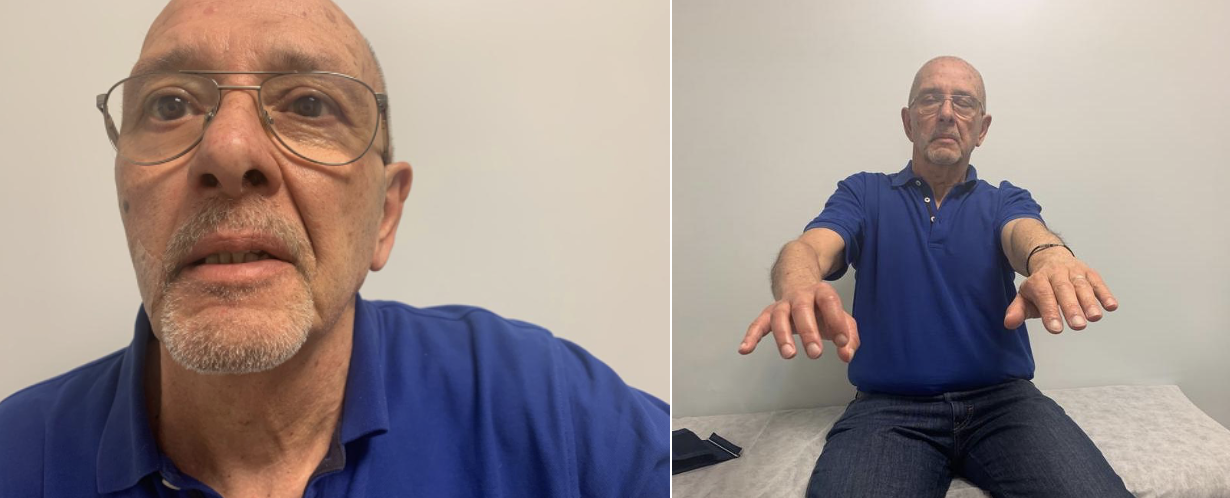
Práce každého z nás musí být respektována
Nemocnice Privado de Rosario připouští přibližně 219 pacientů s cévní mozkovou příhodou ročně a průměrná doba od dveří k jehle je 40 minut pro cévní mozkovou příhodu s nástupem v komunitě. Jeho průměrná doba do léčby cévní mozkové příhody v nemocnici zhoršuje trend po 35 minutách. Vysvětlení spočívá v jasně strukturovaném protokolu kódu cévní mozkové příhody a mezioborové týmové práci, říká Dr. Bruera. Pro optimální léčbu cévní mozkové příhody v nemocnici je nezbytné pravidelné školení o cévní mozkové příhodě, které zahrnuje personál všech oddělení v celé nemocnici. V důsledku toho existuje široké povědomí o potřebě jednat rychle, pokud existuje podezření na cévní mozkovou příhodu, a každý zná cvičení, když je oznámena mrtvice kódu.
Vysoce organizovaná cesta pacienta minimalizuje zpoždění léčby a simulace usnadňované iniciativou Angels pomáhají určit příležitosti ke zlepšení, ale rozhodujícím faktorem je týmová práce a zploštělá hierarchie pomáhá mobilizovat každého v týmu.
„Jedním ze základních aspektů cévní mozkové příhody je transdisciplinarita,“ říká Dr. Bruera. „Deset až 15 zdravotnických pracovníků se účastní kódu cévní mozkové příhody spolu s ošetřovatelským a administrativním personálem.
„Každý člen tohoto týmu se musí cítit zmocněný – něco, co pochází nejen ze školení, ale také z příkladu. Přestože existuje jedna osoba, která koordinuje kód cévní mozkové příhody, musí být respektována práce každého.
„Úspěšný tým pro cévní mozkovou příhodu je postaven na principu, že budování znalostí je vždy kolektivní. Nic se nelze naučit individuálně.“
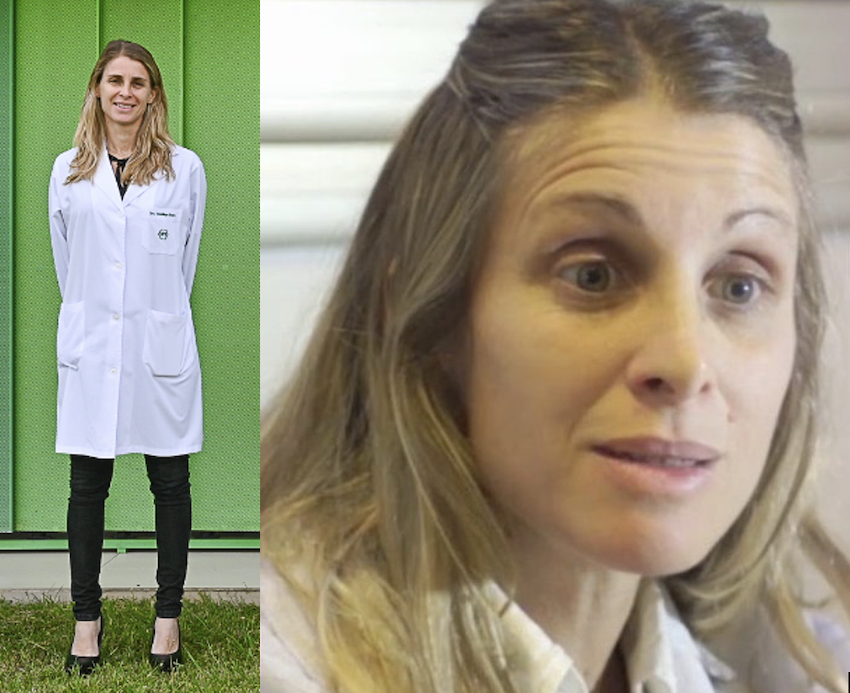
Základní dobrota lidských bytostí
Je zřejmé, že Rosarioho 10minutový „zázrak“ je jen částečně výsledkem organizace a školení. Úspěch tohoto týmu pro cévní mozkovou příhodu je také v zásadě zakořeněn a principy, kterými se řídí řízení cévní mozkové příhody ve společnosti HPR, jsou neoddělitelné od osobních hodnot Dr. Bruery.
Popisuje se jako „osoba, která se každý den snaží učit“ a svou nemocnici jako prostředí, které usnadňuje učení: „Hodně se učím od pacientů, zdravotních sester, sekretářek a kolegů.“
Kvalita medicíny, kterou praktikuje v nemocnici, a zejména její kolegové v kardiologii, je jedním z důvodů, proč si Rosario vybrala možnost budovat svou kariéru jinde.
Říká: „Miluji svou zemi hluboce, a to i se všemi jejími vadami, zejména s městem Rosario.“
Láska k zemi a učení je rodinným dědictvím. Dr. Bruera a její bratři byli vychováváni psychologickou matkou a neurologickým otcem, kteří jsou zároveň učiteli. Říká: „Vyrůstala jsem v rodině, jejíž základní hodnoty odrážely základní dobroty lidských bytostí, jako je podpora a respekt k ostatním.“
Tyto hodnoty najdou výraz v programu cévní mozkové příhody v Nemocnici Privado de Rosario a spolu s organizovanou cestou a rozhodnutím během několika sekund mohou někdy přinést zázrak za 10 minut.
